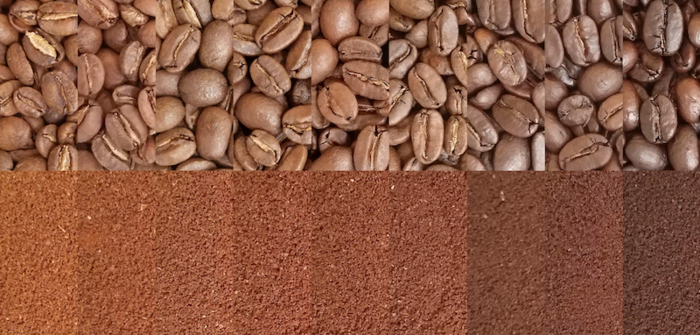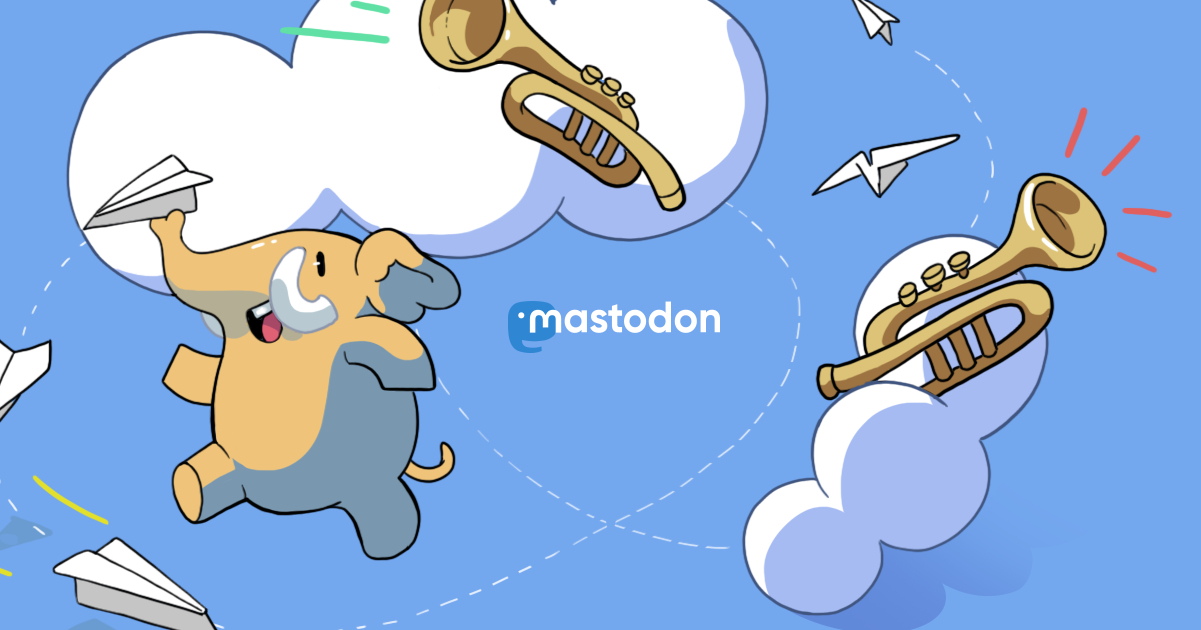
The trade show I usually go to in April that got cancelled this year just announced that next year they're going to push out to end of September through start of October. That probably works out better for me next year and I haven't been to New Orleans that time of year before. Hopefully they don't get wiped out by a hurricane or something.
I narrowed in on a range of end temperatures from 434-446°F in which I had 4 distinct roasts. (context: start of 2nd crack is at 430°F). Tasting through that range from light to dark the flavors go from caramel sweet to bittersweet chocolate with a slight decline in overall perceived sweetness. Body gets heavier through the range, but in each cup it's smooth and well balanced. I'll try a production test batch ending at 440°F at about 15:30.
Tasted my test of the new Brazilian coffee. I was unimpressed by the light roasts, see how someone might want to go for the lightest one, but bright acidity and thin body aren't what I bought this coffee to get. The darkest thing I evaluated could work as a French Roast in a pinch, but I'm using a Guatemalan coffee for that right now that's better. The medium roast range, however, was quite good.
Ran the Brazilian coffee that got delivered today through the lab roaster. I have 12 different roast levels to taste tomorrow which I'll use to figure out how I want to roast that for sale. A verification roast of the coffee from Papua New Guinea also happened so I'll be tasting that as well. The PNG has the same mark name and ICO# as the previous shipment so this is just checking that nothing weird happened at the warehouse.
@Satsuma What we do here is simmer the spice mix first, then take it off the heat and add sugar and tea. The tea is in the same concentration and steep time as you'd use to make a pot.
@Satsuma Yes, and all because the regional distributor for the brand we liked tried to switch to something awful they could put their own name on and the manufacturer didn't want to sell to us in manageable quantities before the distributor came to their senses. It's all for the best anyway. When we started cooking it ourselves, chai sales doubled. When we started bottling it, sales doubled again.
@Satsuma I buy the Assam tea we use in that in 44 pound bags. There's also lots of sugar (if you leave the sugar out or don't put enough in, you can't taste the spices), though it's less sweet than some of the better known major brands.
Should I wear a mask for the author bio pic on the Roasted Coffee Product Development ebook marketing page?
Maybe I'll wear a mask for the author bio photo on the web site. I can always change that later.
Mostly finished the design update over the holiday weekend. I want a better author bio photo (for the design I just grabbed something convenient), some tweaks to the preview pages section, and I want to make sure it's not awful on phone browsers or if someone is idiotic enough to run their web browser full screen on something ridiculously wide.
"We didn't call it fuzzing back in the 1950s, but it was our standard practice to test programs by inputting decks of punch cards taken from the trash.
We also used decks of random number punch cards. We weren't networked in those days, so we weren't much worried about security, but our random/trash decks often turned up undesirable behavior.
Every programmer I knew used the trash-deck technique."
-- Gerald M. Weinberg
22 Life Changes That Happen After Getting A Pet | Bored Panda https://www.boredpanda.com/life-before-after-pets-illustrations-mai-john/
- Software
- https://typica.us
- Send Money
- https://typica.us/payment.html
Author of Typica software for coffee roasters.
